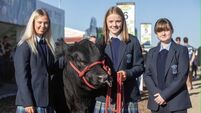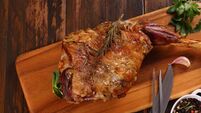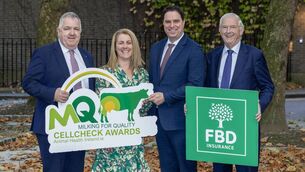Concern that moisture deficit will soon hit grass growth
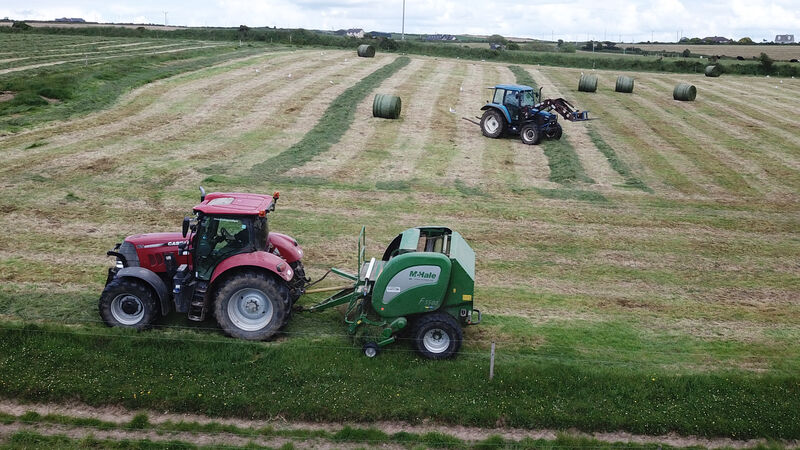
Contractor Michael O'Brien and Farmer John O'Brien baling silage on the O'Brien farm at Old Court, Ballinspittle, Co Cork. Picture Dan Linehan
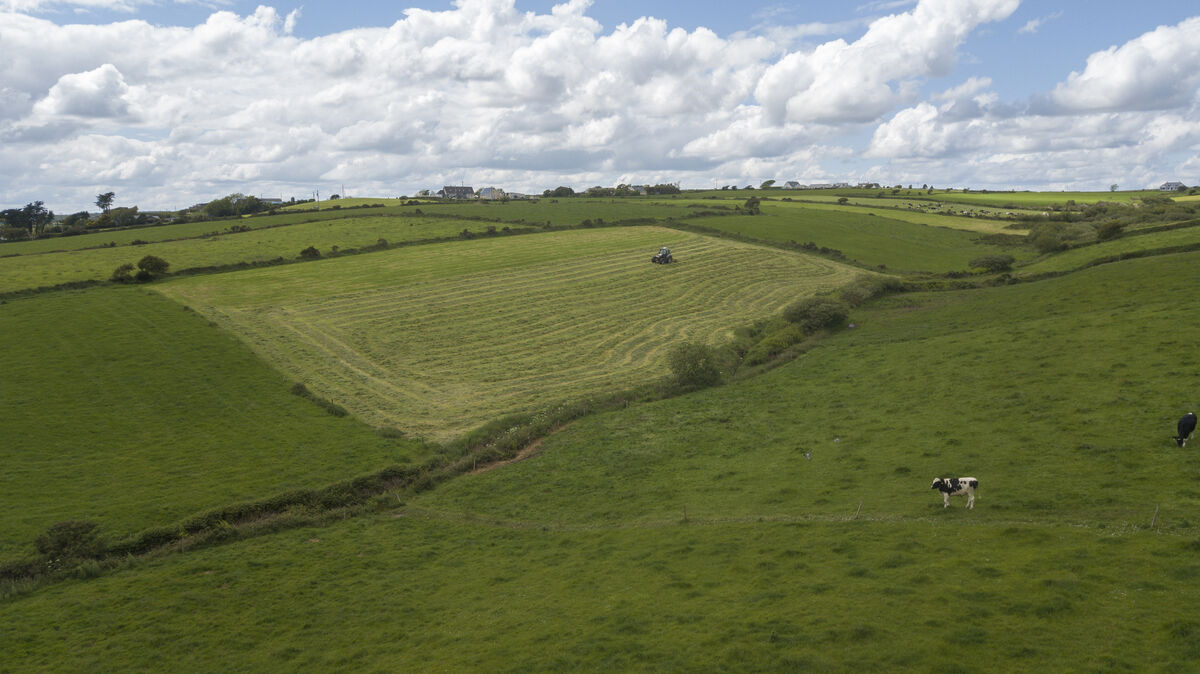
Increasing meal or reintroducing meal;
Grazing a proportion of the second cut silage ground. Obviously, this is only possible where an early first cut was taken. Zero grazing may be the only possibility logistically;
Feeding silage or other available forages remaining from last winter.
Creep feeding of suckler calves will help to reduce grass demand.
Autumn 2020 calves will be weaned soon or may already have been. Early spring calves will also respond well to meal at this point, especially if grass quality has diminished. Starting to feed meal to forward stores on grass will slow down the rotation while getting animals used to meal before being pushed for finish.
Some may also consider bringing in cattle intended for slaughter later in the year. Commencing the finishing period a little earlier will take the pressure off the grazing platform. With the current beef prices, this would be one of the first options to consider.
Most beef producers have now saved their first cut. The recent dry spell has provided ideal conditions for silage.
However, that same dry spell is now resulting in slow growth in second cut silage crops.
Fields cut early for the first cut (early May) are now only a few weeks from harvest again but have not yet bulked up.
Recent first cut fields have very little grass in them and many are still yellow, which may result in less bulk and late second cuts if we don’t get rain soon.
Fertiliser spread after recent first cuts are still sitting on the surface, while slurry, if applied, has obviously not washed in and is caked on the stubble.
Neither can work if not washed in.
Temperatures day and night for the next six to seven days look high, with days above 20 degrees.
Most cattle will have no problem with the heat; however, where they cannot get access to sufficient water, stress may occur. Keep an eye on water flow to troughs and make sure that ball-cocks are functioning correctly. Cattle not drinking enough water will be unable to eat enough feed resulting in poor performance.
Obviously, during any warm spell at this time of year, insects are going to be more abundant and provide more irritation to cattle.
If animals become affected by this you may need to treat stock for external parasites. Regular treatment will be necessary.
Pay particular attention to recently dried-off suckler cows and consider applying a fly/lice treatment to their udder as well as on their back.
